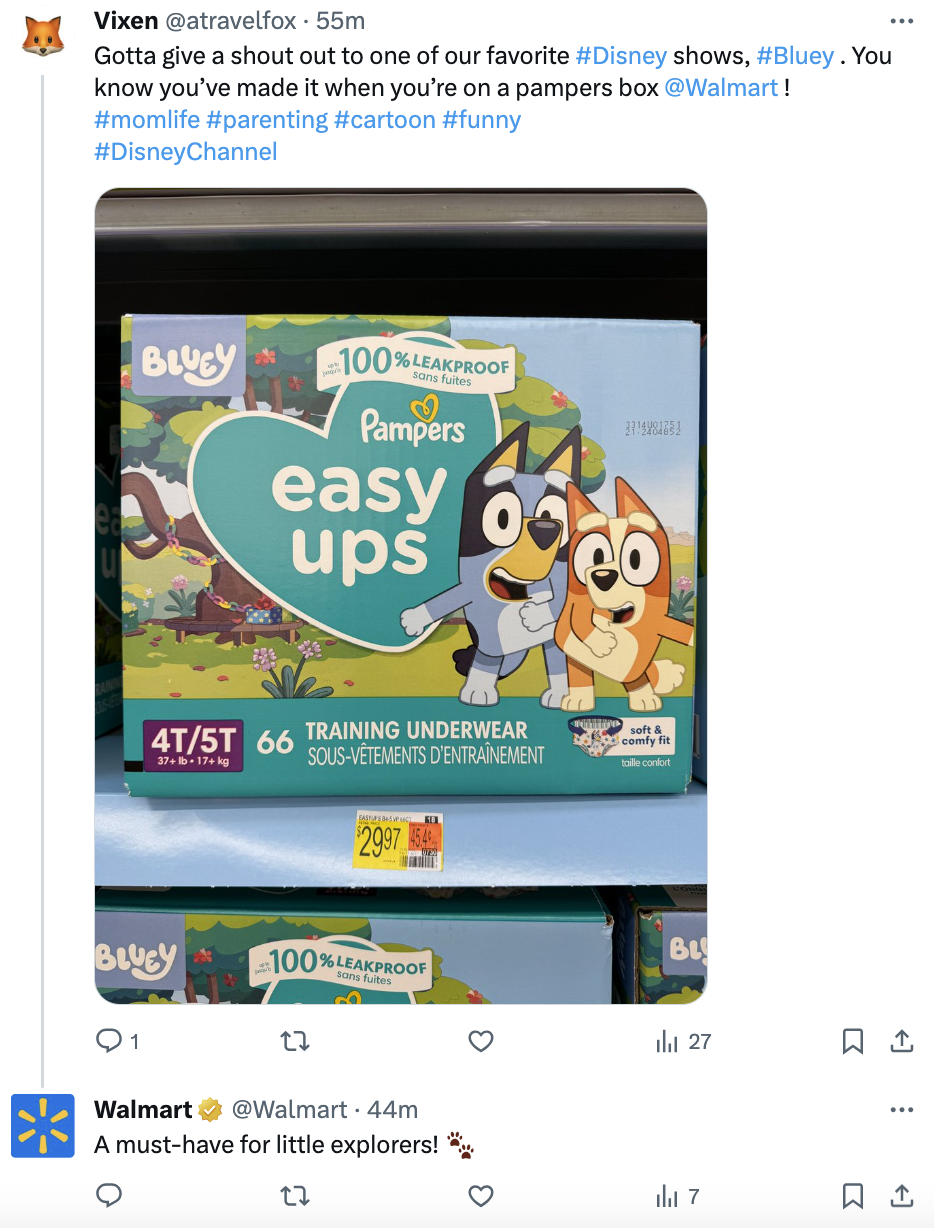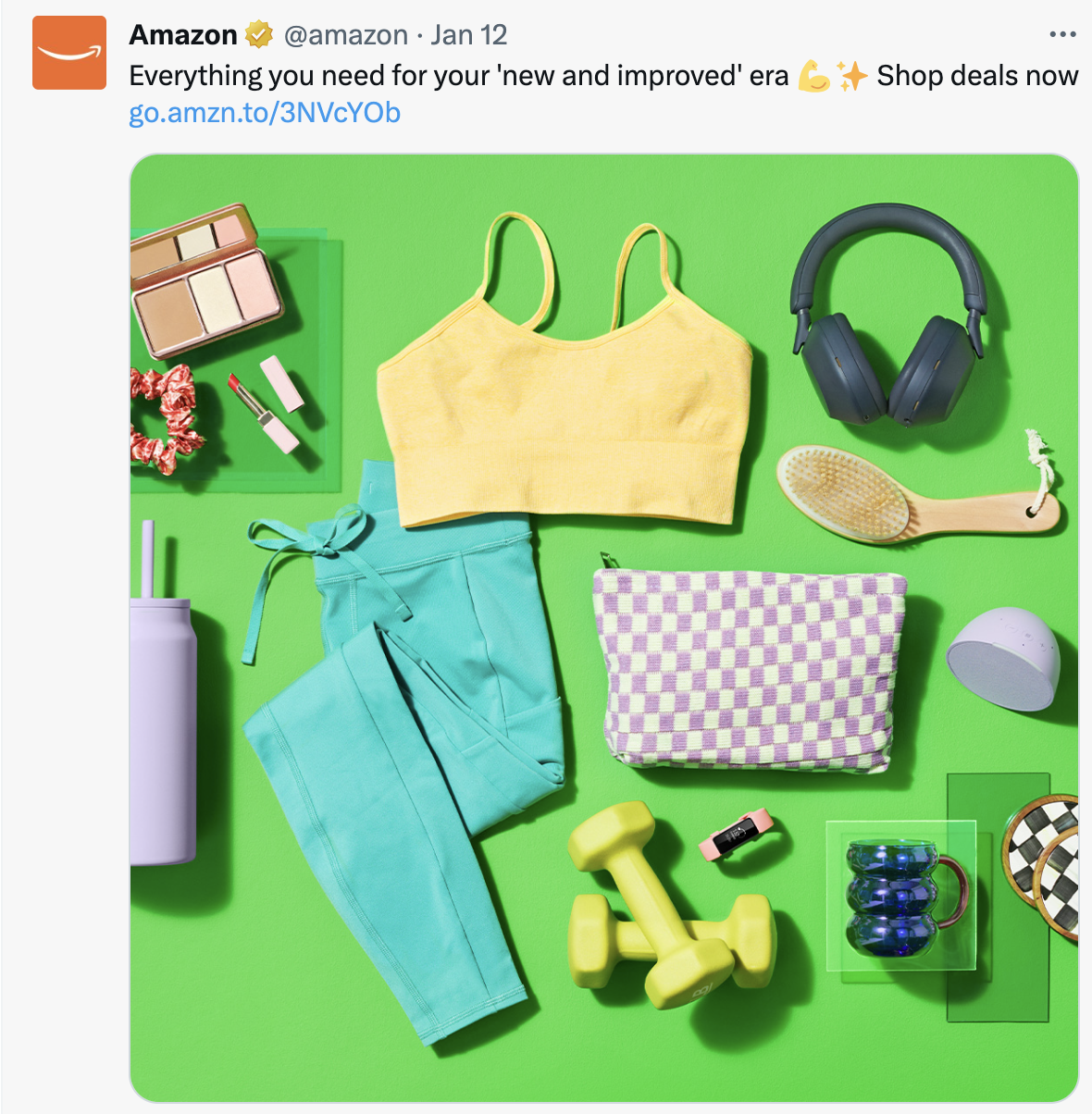Mastering social for retail to win more sales
As the social space continues to evolve, retailers stand to gain the most from social media marketing where social followers represent potential business for brands of all shapes and sizes. Social media for retail is largely centered around the customer journey and ensuring customers feel seen and heard. According to the 2023 Sprout Index, only 30% of brands have adopted customer care processes and tools to actively engage on social media. There’s a gap to fill, and an opportunity for those that do. By creating a compelling customer journey on social media, you appeal to new potential customers and those who are already loyal to your brand. The beauty of social media for retail is that you can engage with people at just about any point of the customer lifecycle. It’s crucial to keep these four best practices in mind when constructing a social media strategy for your retail brand.
Don’t be overly salesy
Potential customers don’t want to feel bombarded with generic sales content. While posting promotional content consistently may increase social reach and return on investment briefly, you’ll eventually lose those new followers if you only share content that feels salesy. Instead, focus on building a relationship with followers that leads to more sales over time. Your organic content should build brand loyalty and position you as a go-to resource in your industry.
Be sure to keep the 80-20 rule in mind when constructing your social content. 80% or the vast majority of your content should entertain and inform your audience. Only 20% should directly promote your business.
Use social media to replicate in-store interactions
Many customers have turned to online stores for their shopping needs, ranging anywhere from books to groceries to workout clothes and everything in between. Your retail brand should use social media to supplement the shopping experience that you don’t get with online shopping. When you shop in a store you get to interact with sales associates, try on items, and chat with other shoppers. These factors drive customer loyalty and lead to increased purchase value.
Social features can help bring a personal, customized experience to online shoppers.
- Product demonstrations on Instagram Stories
- Live social shopping events
- Online fitting rooms
- Personalized quizzes to help with product selection
According to eMarketer, US retail marketplace ecommerce sales grew by 10.2% YoY in 2023 to nearly $385 billion, representing more than a third of total retail ecommerce sales. In short, online shopping isn’t slowing down anytime soon so make the online experience as comfortable as if you were greeting your customers inside your store.
Prioritize community management and engage with your audience
Community management allows customers to interact with your brand, ask questions, give suggestions, and provide feedback in real time. Use community management to listen to and gather feedback to inform your content in addition to testing content and monitoring performance through social analytics like followers, engagements, and impressions. Staying on top of community management can also enhance brand reputation and lead to a loyal customer base. Taking the needs of your customers into consideration through community management is a great way to sell your brand beyond your product. A considerate brand that responds regularly on social media will build a stronger, more loyal following in the long-run.
This is an example of Walmart using community management to personalize their customers’ after-purchase experience.

With a short response, Walmart is showing their customers that they’re active and ready for feedback.
Stay on top of retail trends
Social media is ever-evolving, and the best way to ensure that your brand is keeping up with the times is to embrace the latest social trends and incorporate them into your social strategy. Capitalizing on trends can be a fun way to add value to your brand narrative and stay top of mind with your target audience. Not every trend will be a fit for your brand, though, so don’t participate in it if your brand values and voice don’t align with it. Hopping on trends isn’t a miracle solution to growing your retail business overnight, but with consistency and strategic planning, trends can help weave your brand’s perspective into the cultural conversation on social media and beyond.
In this example, Amazon is using the “era” trend to promote their products.

By participating in this trend, Amazon is signaling to potential buyers that they are relevant and have a pulse on what’s popular, creating an environment of trust.
Conclusion
If you’re undecided about whether your retail brand needs an organic social strategy, keep in mind that nearly three-quarters (74.8%) of the world’s population over the age of 12 uses social media. That’s over 4 billion potential customers that could engage with your retail brand on social media. Social marketing can benefit retailers at every stage of the sales funnel. At the end of the day, social media is all about being social and driving a positive customer journey for everyone.
For guidance on how to optimize your organic social strategy for your retail brand, get in touch.